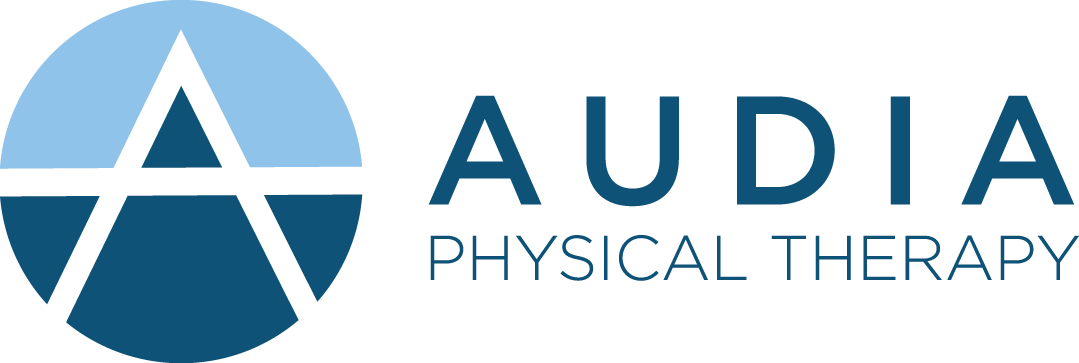Autonomy: How The Power of Choice Can Improve Performance and Learning
Is it possible that making a choice can change your brain to provide better performance and learning? According to the latest research, making a choice actually can provide these benefits and so much more…
Physical therapists can sometimes seem like dictators of rehabilitation: constantly providing instructions to achieve the best outcomes based on their knowledge and experience. Often times, patients can be found telling therapists: “Just tell me what to do and I’ll do it.” On the surface, this can seem like a great situation. There is no doubt that a confident therapist and compliant patient is a recipe for success. The only problem is that, without offering choice, this situation can be robbing the patient of a sense of autonomy that can create more ideal conditions for better performance and learning.
Over the past 2 decades, Gabrielle Wulf and Rebecca Lewthwaite have coined and studied the OPTIMAL Motor Learning Theory in an effort to understand human performance and learning. OPTIMAL stands for Optimizing Performance Through Intrinsic Performance and Attentional Learning. Previously we discussed attentional learning and the power of using an external focus. Here we will dive into one of the two levels of intrinsic motivation by discussing autonomy.
Autonomy is defined as a sense of control over one’s situation and is key to developing intrinsic motivation. Intrinsic motivation is built through confidence and self-efficacy as opposed to external motivation which is built through someone else’s expectations or demands. Autonomy is, not only integral to performance and learning, but it has been described as a fundamental psychological need (Deci &Ryan 2000, 2008). The benefits of autonomy are vast and include enhanced:
Performance and learning (short and long-term)
Processing of task-errors (ability to analyze errors without drawing attention to them)
Self-efficacy (confidence/competence)
Attentional focus on the task-goal
Positive affect
Expectations for future success
Salience (sense of meaning) to participant
Muscular efficiency
Dopamine release in the brain
Think a choice is just a choice? Think again. When a choice is made it releases a surge of neurotransmitters called dopamine in your brain. Dopamine has many roles in our brain but, when it comes to movement, it can be particularly useful and provide different benefits depending on when it is released. If it is released before we move, it regulates movement by preparing our motor system for action, producing faster reaction times, and improving the fluidity of movement. If it is released after we move it helps to strengthen learning and memory. This strengthening is done structurally, through the process of neuroplasticity (the reorganization of the neural connections in your brain), and functionally by organizing neural networks to fire together in order to achieve the task more efficiently. Because of these changes that choice creates in our brain, performance is improved on subsequent tasks because the brain is now prepped and primed to remember the best way to achieve your task.
Simply stated: making a choice changes your brain to create better movement and enhanced memory to ensure that the skills stick. So how do we use this brain-altering power of choice? Just make a choice!
Choose:
When to use an assistive device
How you would like to receive corrective feedback
Which side of the body to work on first
The really amazing part? The choice does not have to relate directly to the task! Making any choice in your activity can give you the benefits! Research has proven that simply choosing the color of your target or the pictures you want to see while running on a treadmill can improve performance and learning. This means that we shouldn’t hesitate to offer choices like picking the order of activities or even the room location for practice to ensure the amazing benefits of choice.
Studies have shown that it helps to start with less choices and gradually increase them over time. Too many choices can cause choice overload that can decrease motivation and satisfaction. Anyone that has been to a restaurant with a 8-page menu and too many entrée options can understand the feelings associated with choice overload. Open-ended choices should be avoided so make sure to offer a range in your choices within a zone of benefit. If walking about 100ft is the beneficial target then offer the choice between targets that are 100ft and 120ft away. If using a 4 pound weight is the target, offer the choice of any weight between 4 and 6 pounds.
It’s important to remember that offering a choice is not meant to simply improve positive affect. The happiness and confidence gained through this can be seen as by-products of the successful performance and the surge of dopamine in our brain. Offering a choice can powerfully affect change in our brains to regulate our movement for better performance and strengthen learning and memory for future success. Now that you know…what will you choose to do?


